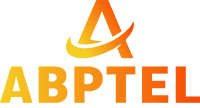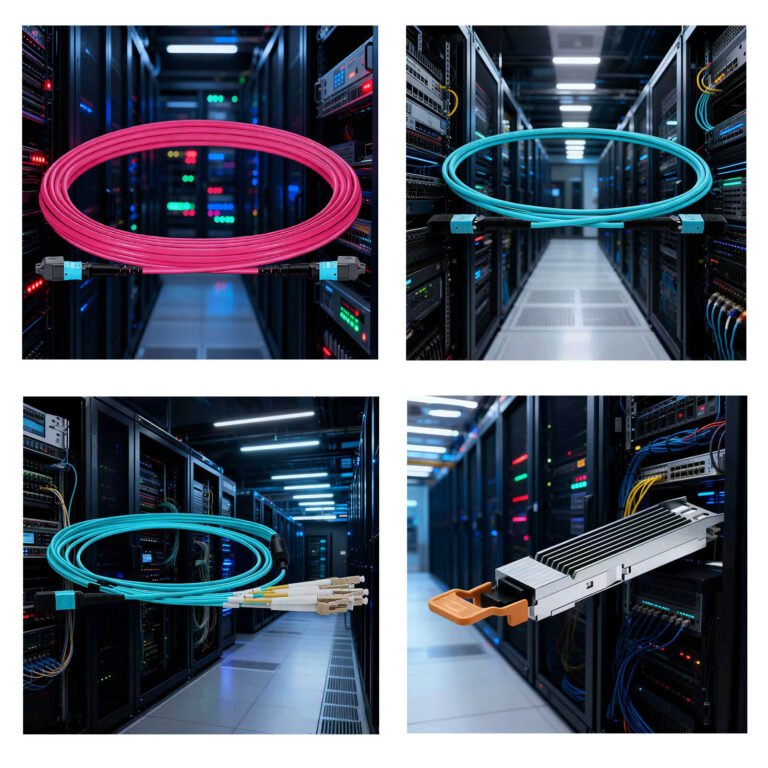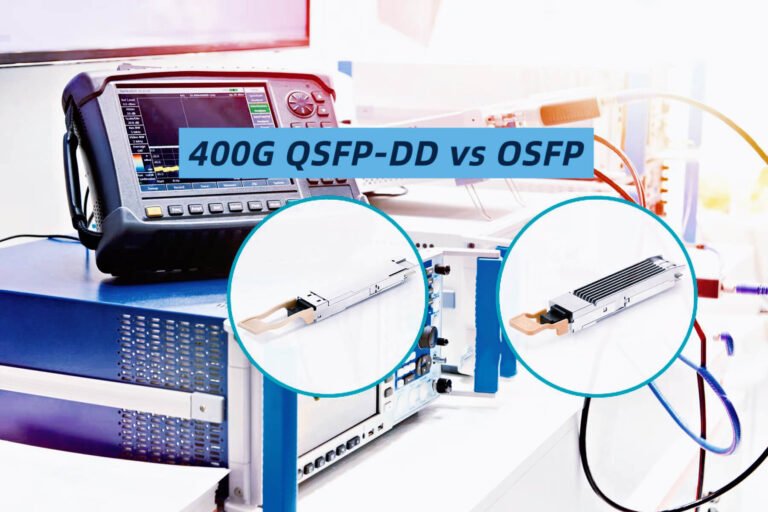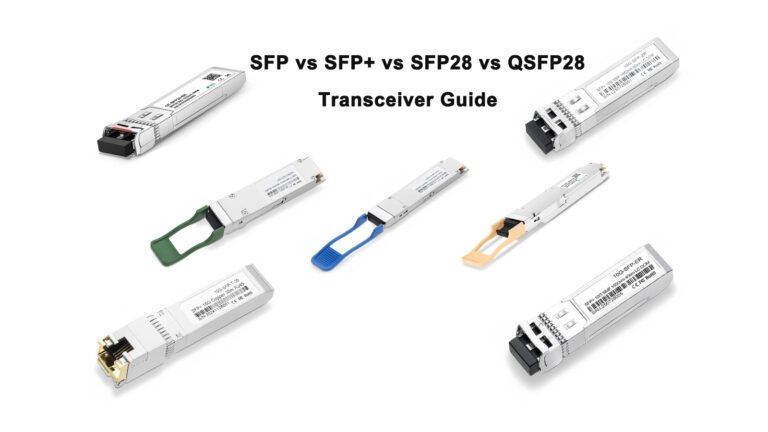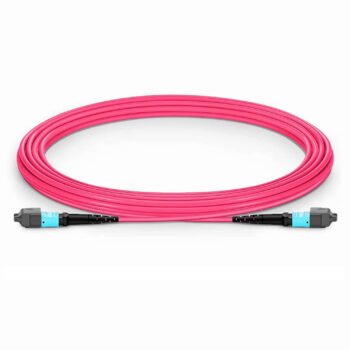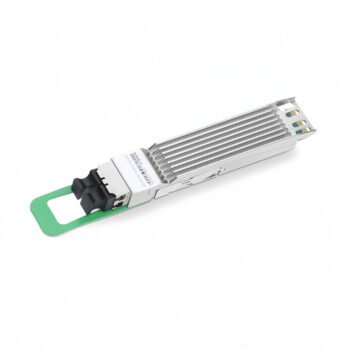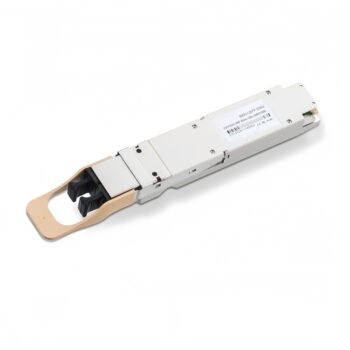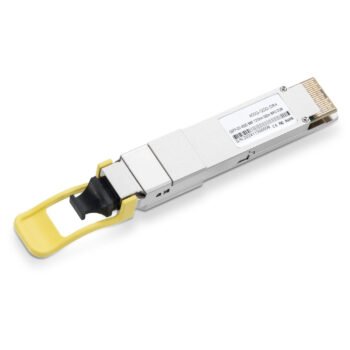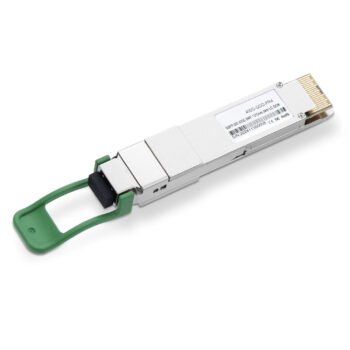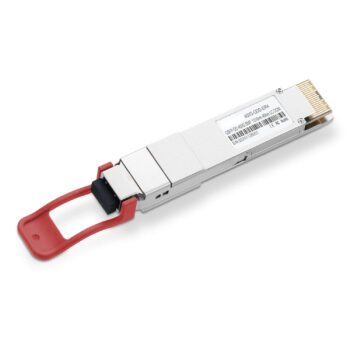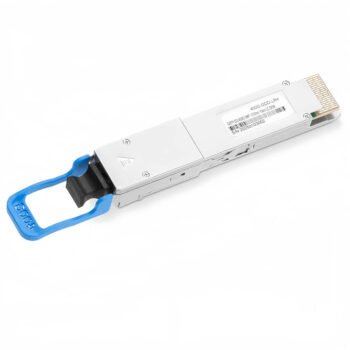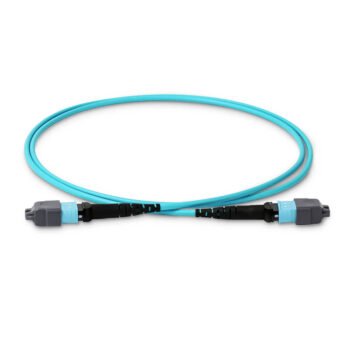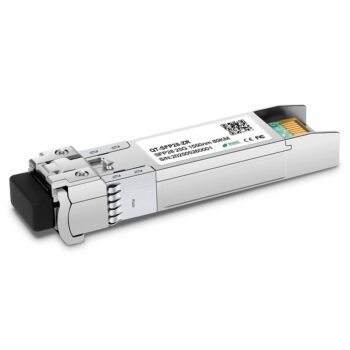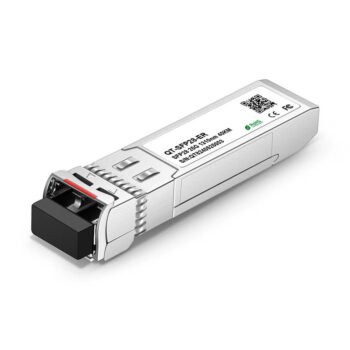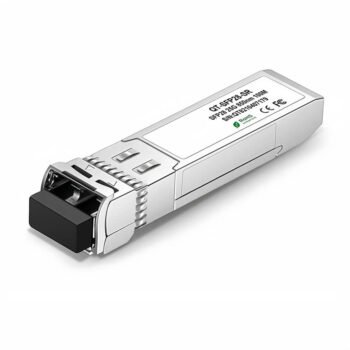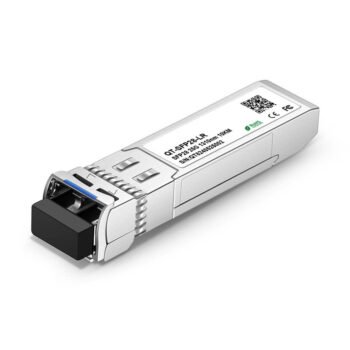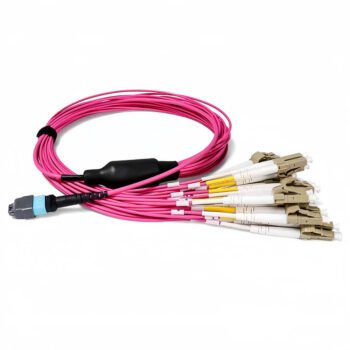Data centers are packing in more power than ever. But this density creates a serious fire risk. Traditional cables can release toxic smoke, endangering your team and your expensive equipment.
LSZH (Low Smoke Zero Halogen) cables are essential for data center safety. They are made from materials that release very little smoke and no toxic halogens in a fire, directly meeting strict compliance standards like NFPA 75.
I’ve spoken with many data center managers who worry about this exact problem. A small electrical issue shouldn’t risk your entire operation. That’s why understanding your cable jacketing is so critical. Let’s explore why LSZH is the clear choice.
What Makes LSZH Materials So Superior in a Fire?
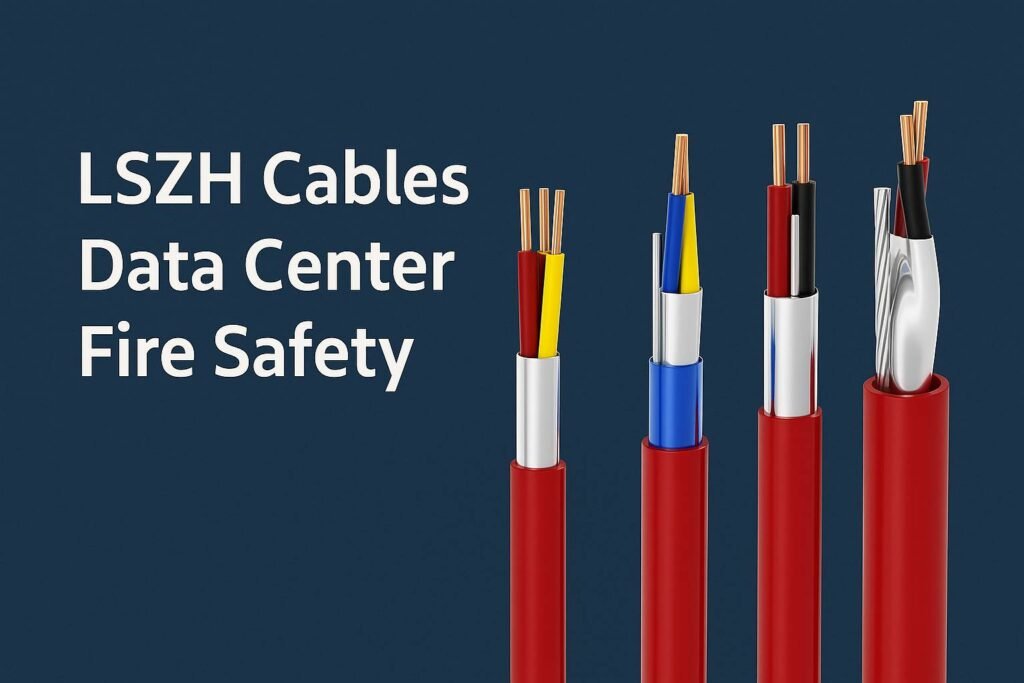
The secret to LSZH’s safety lies in its unique chemical makeup. It’s fundamentally different from older materials like PVC, and these differences are life-saving during a fire.
Unlike PVC, LSZH materials use non-halogenated flame retardants. This means they don’t produce dense, toxic gases like hydrogen chloride when exposed to flames, protecting both people and sensitive electronics.
Interested in a broader overview of modern cabling trends? Check out the blog on high-speed data center cables for more insights into next-gen infrastructure technologies.
Dive Deeper: Chemical Composition and Fire Performance
Traditional PVC cables use halogens (like chlorine) as a flame retardant. While effective at slowing fire, they release corrosive hydrogen chloride (HCl) gas when they burn. This gas is incredibly dangerous for people to inhale and can irrevocably damage server components.
LSZH cables work differently. They typically use hydrated minerals or compounds like ammonium polyphosphate. When these materials are exposed to heat, they release water vapor, which helps to cool the cable and suppress the fire. This process is much cleaner and safer.
Here’s how they are tested against key industry standards:
- IEC 60754: This test measures the amount of acidic and corrosive gas released. LSZH cables pass with very low levels, while PVC fails.
- IEC 61034: This measures smoke density. An LSZH cable must allow a certain amount of light to pass through its smoke, ensuring visibility for evacuation. PVC smoke is extremely dense and opaque.
- UL 94: This is a flammability rating. LSZH cables are typically rated V-0, meaning they self-extinguish within 10 seconds after the flame source is removed.
Dive Deeper: How LSZH Aligns with NFPA 75 Compliance
NFPA 75 is the standard for the Fire Protection of Information Technology Equipment. It sets strict rules for materials used inside a data center to limit fire spread and smoke generation.
LSZH cables directly help you meet these requirements.
- Because they produce little smoke, they help maintain clear evacuation paths.
- Because they don’t release corrosive gases, they help protect expensive equipment located far from the actual fire.
In high-risk areas like vertical cable risers and dense server racks, where a fire could spread quickly, using LSZH-compliant cables is a critical design choice for safety and business continuity.
How Do You Correctly Implement LSZH Cables in Your Data Center?
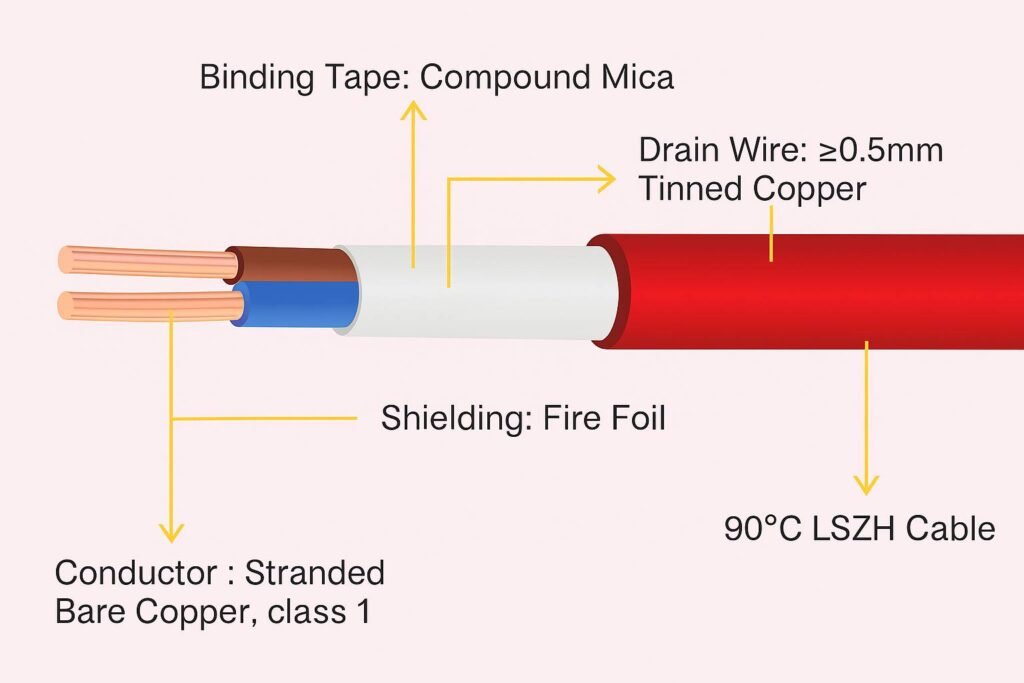
Choosing the right cable is only the first step. Proper design and installation are just as important to ensure you get the full safety benefits of your LSZH infrastructure.
A successful LSZH implementation strategy involves mapping out high-density zones, using certified products, and adhering to strict installation practices to protect the cable jacket’s integrity and ensure compliance.
Curious about installation best practices and the advantages of advanced cabling assemblies? Learn more in our guide to pre-terminated data center cables.
Dive Deeper: Infrastructure Design and Material Selection
First, review your network architecture. You should prioritize LSZH cables in the most critical and dense areas, such as within server racks and in vertical and horizontal pathways under the floor or in the ceiling. As we at ABPTEL help our clients architect their networks, we often map out specific zones for LSZH deployment.
A common question I get is about performance. Does an LSZH jacket affect signal integrity? The answer is no. LSZH jackets have no negative impact on the optical fiber’s performance. You can use an OTDR (Optical Time Domain Reflectometer) to test your links just as you would with any other cable type. We ensure all our LSZH fiber optic cables meet performance specs without compromise.
Dive Deeper: Installation and Acceptance Testing
The LSZH jacket must remain intact to provide fire protection. During installation, your team should be careful not to stretch, kink, or strip the jacket unnecessarily. Using pre-terminated cables and proper cable management tools can significantly reduce the risk of mechanical damage.
Finally, always verify your materials.
- Check for Certifications: Ensure the cables have third-party certifications, such as a UL mark, that prove they meet LSZH standards.
- Conduct Spot-Checks: When the material arrives on-site, check that the product markings match your order. This simple step prevents counterfeit or incorrect materials from being installed.
Final thoughts
LSZH cables are the bedrock of modern data center fire safety. They are essential for protecting your personnel, your equipment, and your business’s compliance.
Ready to make your data center safer? Contact our engineering team at candy@abptel.com, and we’ll help you build a compliant and resilient fiber optic infrastructure.
